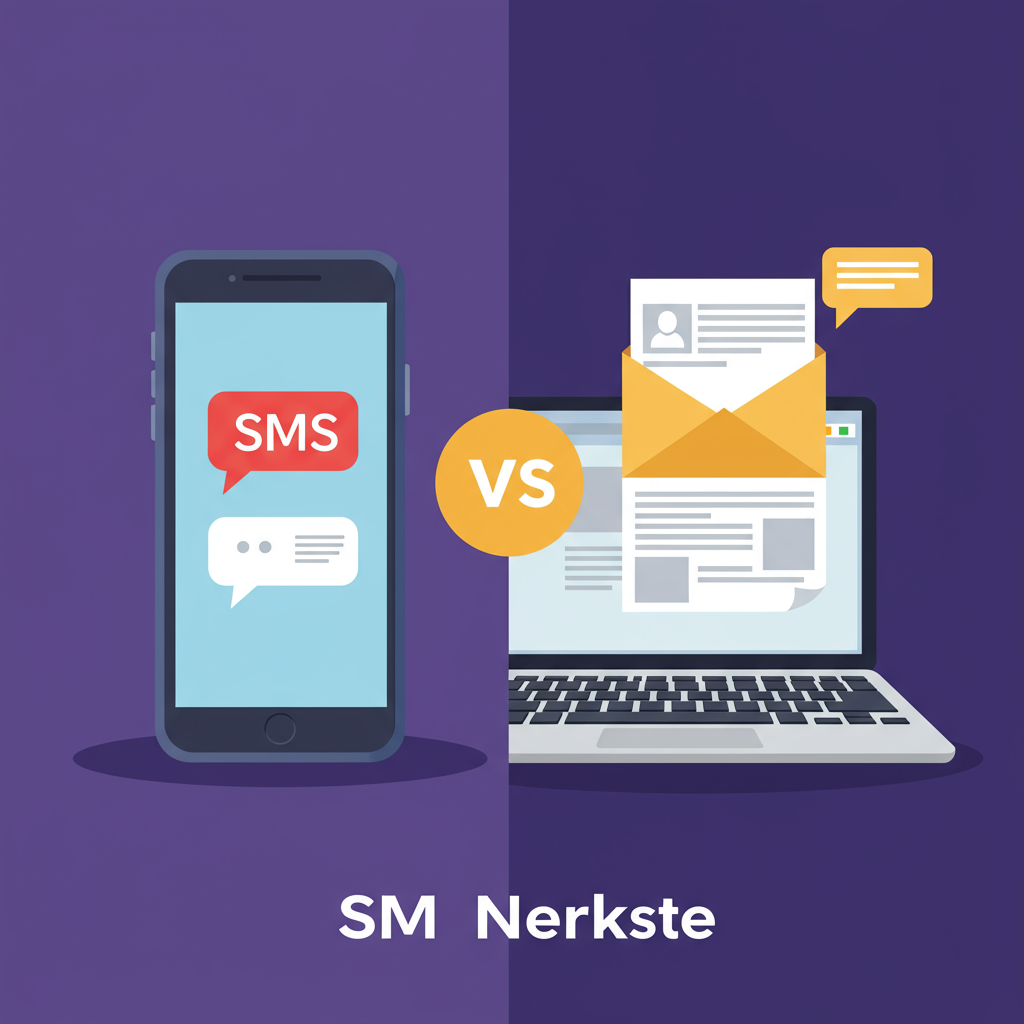As a Shopify merchant, I’ve wrestled with the age-old question: which communication channel truly drives more conversions? Let’s dive deep into the strengths and weaknesses of SMS and email marketing.
As a Shopify merchant, I’m constantly looking for ways to connect with my customers and, ultimately, boost my sales.
In today’s crowded digital landscape, effective communication is not just an advantage; it’s an absolute necessity.
Two powerhouses stand out in the realm of direct marketing: email and SMS. But which one truly converts better for an e-commerce business like ours?
Let’s start by dissecting email marketing, a channel that has been a cornerstone of online business for decades.
Its primary strength, in my experience, is its incredible reach and the ability to convey rich, detailed information.
With email, I can craft elaborate newsletters, showcase multiple products with high-quality images, and tell my brand’s story without severe character limitations.
The cost-effectiveness of email is also a huge draw. Sending thousands of emails often costs significantly less than sending the same number of SMS messages.
Furthermore, email excels in automation. Setting up abandoned cart sequences, welcome series, and post-purchase follow-ups is incredibly robust and flexible.
However, email isn’t without its challenges. I’ve seen open rates fluctuate, and the sheer volume of emails in everyone’s inbox means mine can easily get lost.
Spam filters are another hurdle, and getting my messages delivered to the primary inbox requires constant vigilance and good sender reputation.
Now, let’s turn our attention to SMS marketing, a channel that has seen a resurgence in popularity due to its undeniable immediacy.
The most striking advantage of SMS, from my perspective, is its astonishingly high open rates, often exceeding 90% within minutes of delivery.
This directness means my message is almost guaranteed to be seen, cutting through the digital noise in a way email sometimes struggles to.
SMS is perfect for urgent communications, like flash sales, limited-time offers, or critical shipping updates. It demands immediate attention.
The simplicity of SMS also works in its favor. There’s no complex design, just a concise message that gets straight to the point.
Yet, SMS has its limitations. The strict character count forces me to be incredibly succinct, which isn’t always ideal for complex promotions.
The cost per message can add up quickly, especially for larger customer lists, making it a more premium channel than email.
So, when do I lean on email? I find it indispensable for building long-term relationships and delivering value beyond just sales.
Newsletters, detailed product launches, educational content, and customer service communications are perfectly suited for email’s expansive canvas.
It’s also my go-to for initial abandoned cart reminders, allowing me to include product images and a clear call to action.
Email allows for deep segmentation, letting me tailor messages to specific customer behaviors and preferences, fostering a more personalized experience.
On the other hand, SMS shines when urgency and immediate action are paramount.
Think about a 24-hour flash sale, a last-minute restock notification, or a quick reminder about an expiring discount code.
Shipping updates, order confirmations, and delivery notifications are also incredibly effective via SMS, providing instant peace of mind to customers.
I also use SMS for loyalty program updates or quick surveys, leveraging its high engagement rates for rapid feedback.
The truth, as I’ve discovered, is that it’s not about choosing one over the other. It’s about creating a powerful, integrated strategy.
I view email and SMS as complementary tools in my marketing arsenal, each playing a distinct yet vital role.
For instance, I might send an initial abandoned cart email with full details, followed by a concise SMS reminder a few hours later if no action is taken.
Or, I could announce a major sale via email, then send a ‘last chance’ SMS reminder a few hours before it ends.
Effective segmentation is key for both. I ensure my customers have opted into both channels, and I tailor the content based on their preferences and purchase history.
Compliance is non-negotiable. I always ensure I adhere to regulations like GDPR, TCPA, and CAN-SPAM, obtaining explicit consent for both email and SMS.
Respecting customer preferences regarding frequency and content is crucial to avoid opt-outs and maintain a positive brand image.
Utilizing robust Shopify apps that integrate both email and SMS capabilities allows me to manage these campaigns efficiently from one dashboard.
In conclusion, there isn’t a single winner in the SMS vs. Email debate for Shopify merchants.
The ‘better’ channel depends entirely on your specific goal, the message’s urgency, and your customer’s preferred communication style.
What do you think about this approach? Have you found a different balance in your Shopify store?
My strategy revolves around leveraging email for detailed storytelling and long-term engagement.
Simultaneously, I deploy SMS for immediate, high-impact communications that require quick action.
This dual-channel approach ensures I’m reaching my customers effectively at every stage of their journey.
It allows me to nurture leads, drive conversions, and provide excellent customer service.
Ultimately, the goal is to create a seamless and personalized experience for every shopper.
By understanding the unique strengths of each channel, I can optimize my marketing spend.
I can also improve my overall customer satisfaction and, most importantly, boost my sales.
Remember, the best marketing strategy is one that adapts to your customers’ needs.
It’s about being where they are, with the right message, at the right time.
So, don’t just pick one; integrate them wisely.
Test different approaches, analyze your results, and refine your strategy.
This continuous optimization is what truly drives success in e-commerce.
I’ve seen firsthand how a well-executed combined strategy outperforms relying on a single channel.
It’s about building a comprehensive communication ecosystem for your Shopify store.






